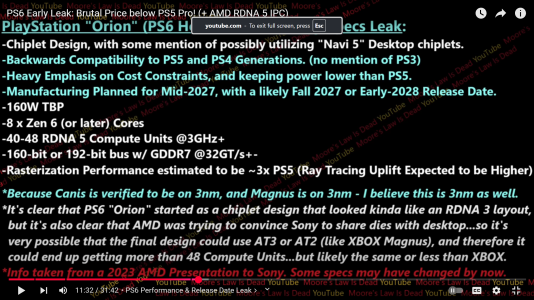Fjodor2001
Diamond Member
- Feb 6, 2010
- 4,464
- 684
- 126
So do we even have a problem here then, or is it just a theoretical one? If Intel also is using the same ISA on E and P cores in practice, then this whole ”AVX512 is only available on one of the core types” problem is moot.Wasn't that one of the reasons Intel gave up on AVX512 on Alder Lake? You could never had AVX512 and E cores enabled at the same time iirc.
Last edited:




